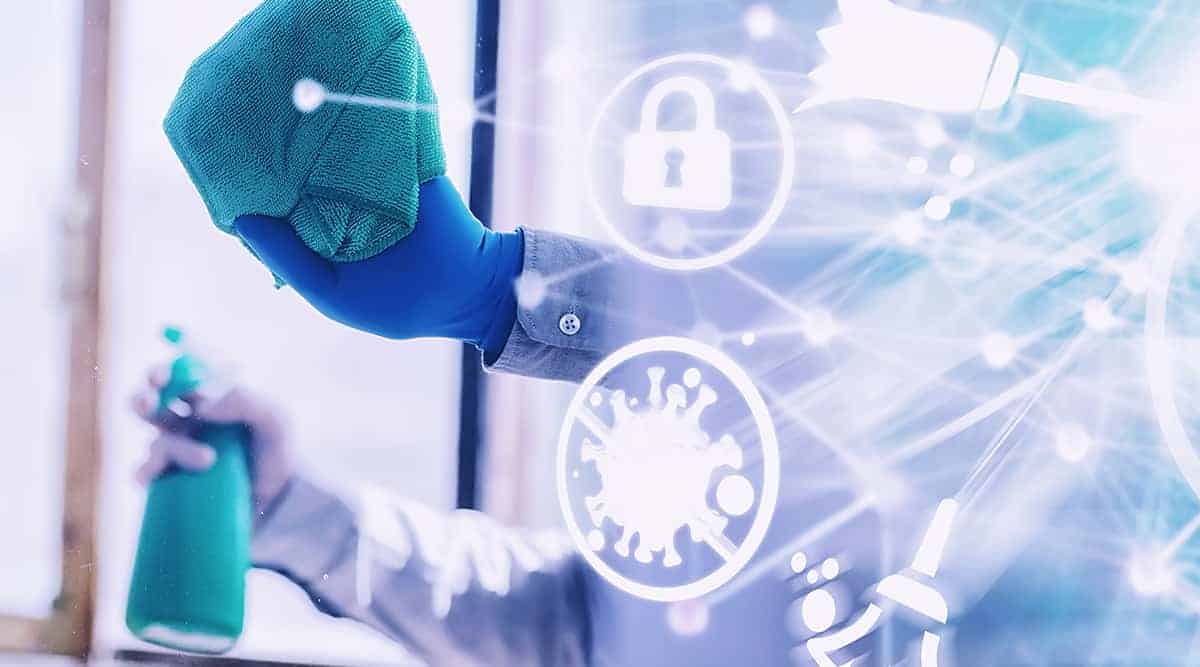
Safety first: practical ways technology can make workplaces safe
Research released by technology and manufacturing company Honeywell indicates that 71 per cent of the UK workforce do not feel completely safe working in their employer’s buildings following the impact of Covid-19.
This number is even higher for remote workers (78 per cent), who are especially sceptical about the safety of work sites. In fact, almost a quarter of remote workers (22%) would look for a new job rather than return to a site that did not implement necessary safety measures.
Concerning what they’re worried about, surveyed workers in the UK cited shared office devices (48%), restrooms (44%) and elevators (38%) as the biggest health and safety risks in their work buildings.
To return to work and feel safer, UK workers view health and safety protocols such as social distancing or mandatory masks as most critical (51%). Other top safety measures include health screening protocols such as temperature checks (45%), enhanced cleaning procedures (41%), touchless door entry (33%), updated air quality systems (28%) and technology for contact tracing (23%).
To make buildings safer it will take a concerted effort from the building occupiers, the people in charge of facilities management and any externally contracted workers.
5 ways to make workplaces safe
- Enhanced cleaning processes
Contract cleaning companies should work closely with clients to create bespoke cleaning schedules tailored specifically to the building in question. And with an effective call monitoring system – these tasks can easily be implemented and distributed to cleaners instantly and amended weekly, daily and even while on-shift. - Touch-free technology
Before the pandemic, touchless technology was a cool feature. But now, touchless solutions have gone from nice-to-have, to essential. Replacing key fobs with mobile-enabled entry credentials, swapping out traditional soap dispensers with touch-free devices and automating the most frequently used doors can help contribute to office safety. - Cloud-based reporting
With a call monitoring system, contract cleaning companies can produce extensive reports remotely. This allows managers to get an up-to-the-minute picture of what is going on at any location, at any time. Checking staff attendance, viewing completed and failed tasks, and assessing recorded notes could help identify patterns that could improve safety. - The Internet of Things
The Internet of Things, or the ability of physical objects like appliances and equipment to connect to the internet and each other, is presenting more opportunities for businesses to make safety smart. Sensors in rooms to detect when they’re being used, and appliances like soap dispensers that send out alerts when they need filling up, will not only help people stay safe, but could also help cleaners prioritise tasks to ensure they’re tackling the most important jobs first. - Keep on top of safety procedures
Providing clear, concise and well-worded updates that are relevant to the location, industry, and current work culture could help remote workers feel safer in their workplaces. And offering ways for staff to reach out with their concerns and needs – will undoubtedly make them feel like their voice is being heard and listened to.
It’s important for everyone to feel safe in their workplace. And while there will be continued uncertainty as the pandemic continues, we should all be doing everything we can to promote safety where possible. Technology may have the answer, and while budgets, culture and buy-in may erect barriers, organisations that learn to leverage smart tools and technology will be providing a safer more secure workplace for the future.
Want to know more about the software that can help your business? Check out our workforce management hub.